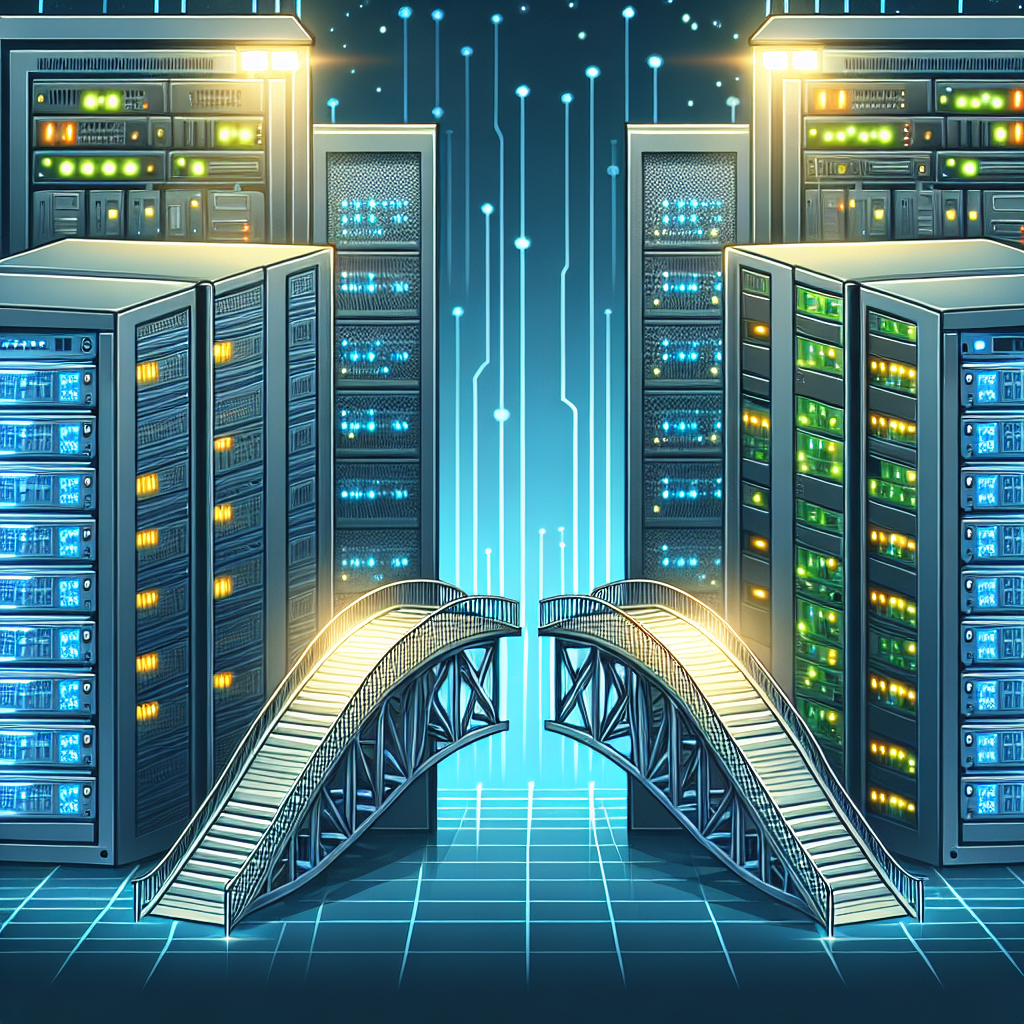Your cart is currently empty!
Data Center Database Migration: Challenges and Solutions

Data centers are the backbone of modern businesses, housing the critical infrastructure and applications that keep organizations running smoothly. As businesses grow and evolve, they often need to migrate their databases to new data centers to accommodate increasing data volumes, improve performance, enhance security, or reduce costs. However, data center database migration can be a complex and challenging process that requires careful planning and execution.
Challenges of Data Center Database Migration
There are several challenges that organizations may face when migrating their databases to a new data center. Some of the key challenges include:
1. Downtime: Downtime during database migration can disrupt business operations and result in lost revenue. Minimizing downtime is a top priority for organizations during the migration process.
2. Data loss: Data loss during migration can have serious consequences for businesses, including financial losses and damage to their reputation. Ensuring data integrity and security during migration is crucial.
3. Compatibility issues: Compatibility issues between the old and new data center environments can lead to data corruption and other problems. Ensuring compatibility between systems is essential for a successful migration.
4. Resource constraints: Limited resources, such as bandwidth and storage capacity, can impact the speed and efficiency of database migration. Organizations need to carefully manage resources to avoid bottlenecks and delays.
5. Compliance and security concerns: Data protection regulations and security requirements must be taken into account during database migration to ensure that sensitive data is not compromised.
Solutions for Data Center Database Migration
To address the challenges of data center database migration, organizations can implement a number of best practices and solutions. Some of the key solutions include:
1. Planning and preparation: Thorough planning and preparation are essential for a successful database migration. Organizations should assess their current database environment, define migration goals and requirements, and develop a detailed migration plan.
2. Testing and validation: Testing and validation are crucial steps in the migration process to ensure that data is migrated accurately and securely. Organizations should conduct thorough testing to identify and address any issues before migrating production data.
3. Use of migration tools: Migration tools can streamline the migration process and help automate tasks such as data extraction, transformation, and loading. Organizations should evaluate and select the right tools for their specific migration needs.
4. Data replication and synchronization: Data replication and synchronization can help minimize downtime during migration by keeping the old and new databases in sync. Organizations should implement replication solutions to ensure data consistency and availability.
5. Monitoring and performance optimization: Monitoring tools can help organizations track the progress of database migration and identify any performance issues or bottlenecks. Performance optimization techniques, such as indexing and tuning, can improve the efficiency of the migration process.
In conclusion, data center database migration can be a complex and challenging process, but with careful planning, preparation, and the right tools and techniques, organizations can successfully migrate their databases to new data centers. By addressing the key challenges and implementing best practices, organizations can minimize downtime, ensure data integrity and security, and achieve a smooth and successful migration.

Leave a Reply